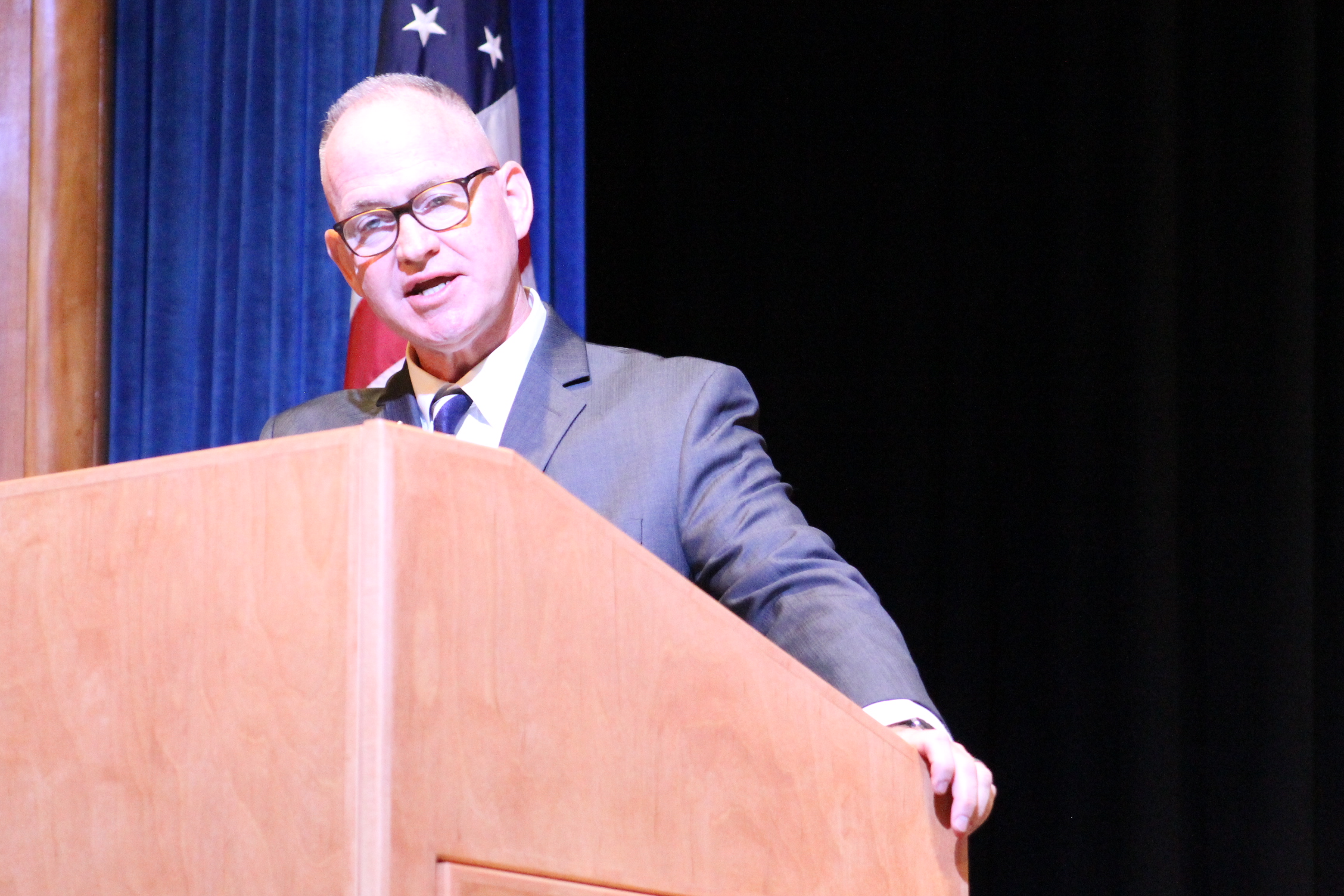If you ever want to upset middle school principals, call their schools “Junior Highs ”. No self respecting middle school educator wants to think they are cultivating “junior high” conditions. It’s like being the Junior Varsity *…. we don’t want to think we’re just a way-station between elementary school and high school.
The New York State Education Department has adopted a set of core principles called The Essential Elements of Middle Level Education. The first of these states that effective middle schools embrace a “philosophy and mission that reflect the intellectual and developmental needs and characteristics of young adolescents.” I’ve always seen this as the most important variable in a successful middle school. Actions follow our beliefs. If there is one piece of advice that all middle school teachers must follow it is this, “Middle school kids are different, don’t expect to succeed with the same strategies that might work with elementary or high school kids.” Middle level students present unique challenges due the intrinsic nature of adolescence. But excellent middle school teachers have found ways to turn these challenges into opportunities.
I am proud that I work at a school that embraces this challenge and employs research based middle level best practice to help adolescent learners learn and grow.
I’ve thought about some classroom approaches that are decidedly NOT best practice for middle level learners **… if you’re still relying on these, you might be a “junior high school” teacher” …
If your kids are sitting in rows, facing the front of the classroom (most of the time), you might be a junior high school teacher…
Excellent middle level teachers realize that adolescent learners need to move around. They need frequent transitions during a typical lesson. They rely heavily on social constructs to learn.
The great educational theorist, Lev S. Vygotsky, stated, “What children can do with the assistance of others might be in some sense even more indicative of their mental development than what they can do alone.” Adolescents are social learners, we all are. If your students are sitting in rows facing the front of the room, how will they talk to each other? How will they have an opportunity to express their views, explain how they came to an answer or opinion, how will they learn to listen to somebody who’s not a teacher at the front of the room?
I’ve heard this argument: “What about Ted Talks, aren’t those lectures?” My response: You know who gives Ted Talks… people like Malcolm Gladwell, Steve Jobs, Daniel Pink, and Rita Pierson. Are you as good as those guys? And their talks are generally about 20 minutes in length, 20 minute talks which they likely prepared months to deliver. If you can be that riveting for kids, 5 periods a day, every day, for 40 weeks, then, okay, maybe your kids should sit in rows to listen to you. But I know I can’t pull that off and I have yet to see the teacher who can do it either.
There’s a formula for the human attention span. Take a child’s age and add 3 minutes, that is their average attention span. Hence, a typical 12-year-old can pay attention to one thing for about 15 minutes. To expect students to sit still in a chair for a 40 minute class period is simply not going to work. Excellent middle school teachers design lessons that have at least two transitions during the lesson. Kids have an opportunity to get up and move around or at least to do this, then to do that, then to do this other thing. Ideally, one of the things involves them interacting with each other.
When students are arranged in rows before us, we are communicating to them that we have all the information that is important, that we have all the answers. If all we do is stand in front of the classroom and lecture, even if we ask students the occasional question, then we can be replaced by YouTube videos.
We need to adapt our teaching to the unique needs of our students, at every level, not just middle school. High school and college teachers – listen up! If your students are sitting before you in rows most of the time, you are probably not getting it done as a teacher!
Notes:
- * Apologies in advance to actual Junior Varsity players and coaches for the metaphor, no slight intended.
- **This is the first in a series of posts on this topic.





You must be logged in to post a comment.